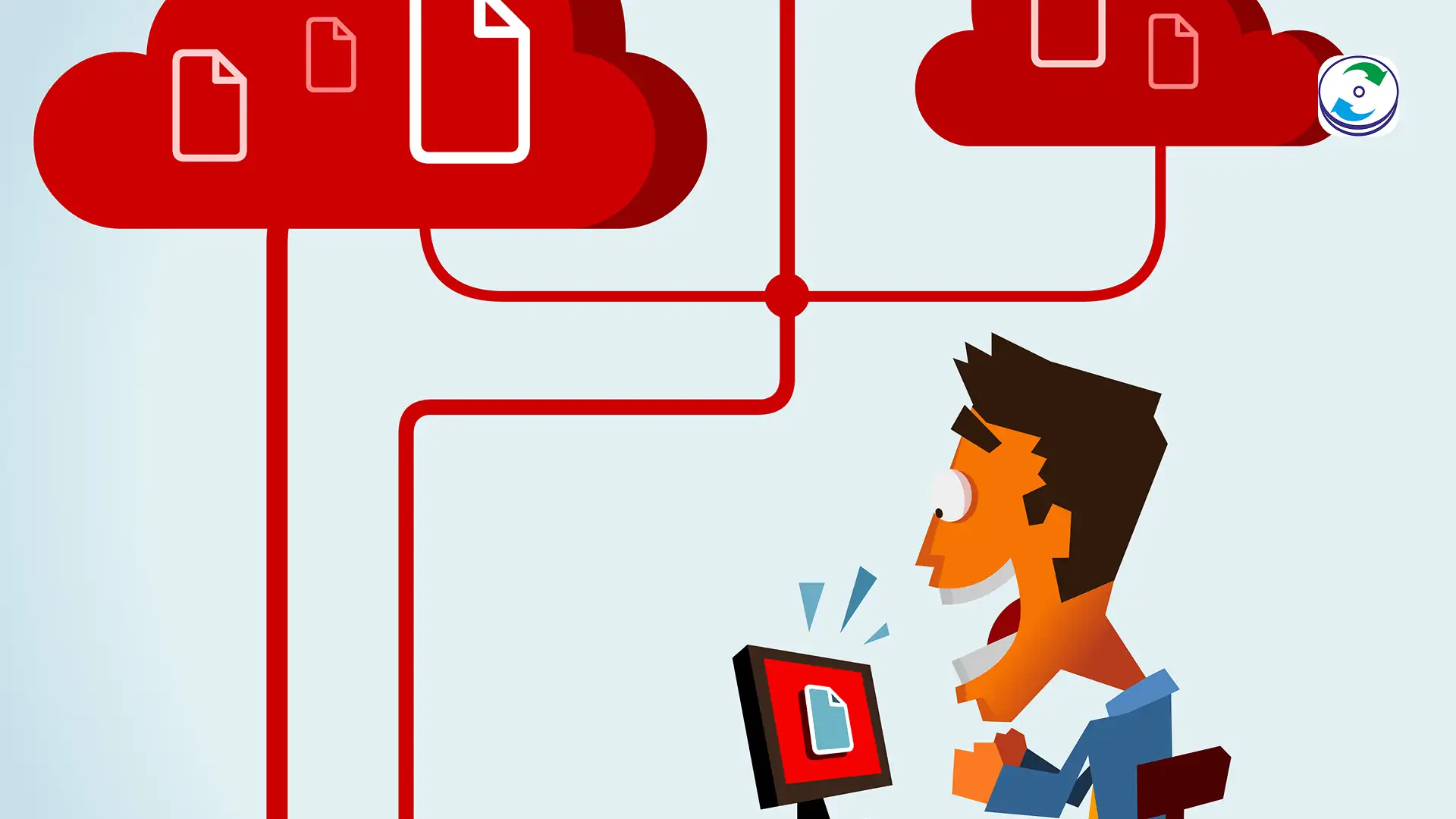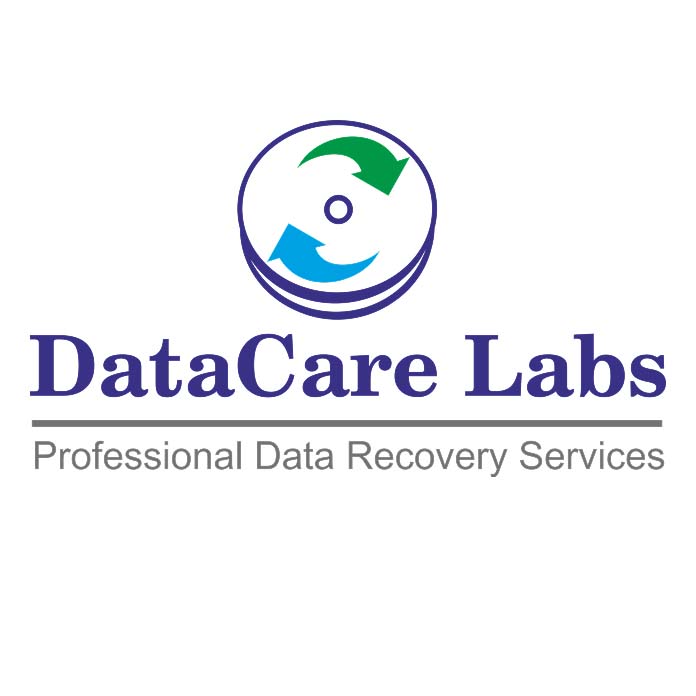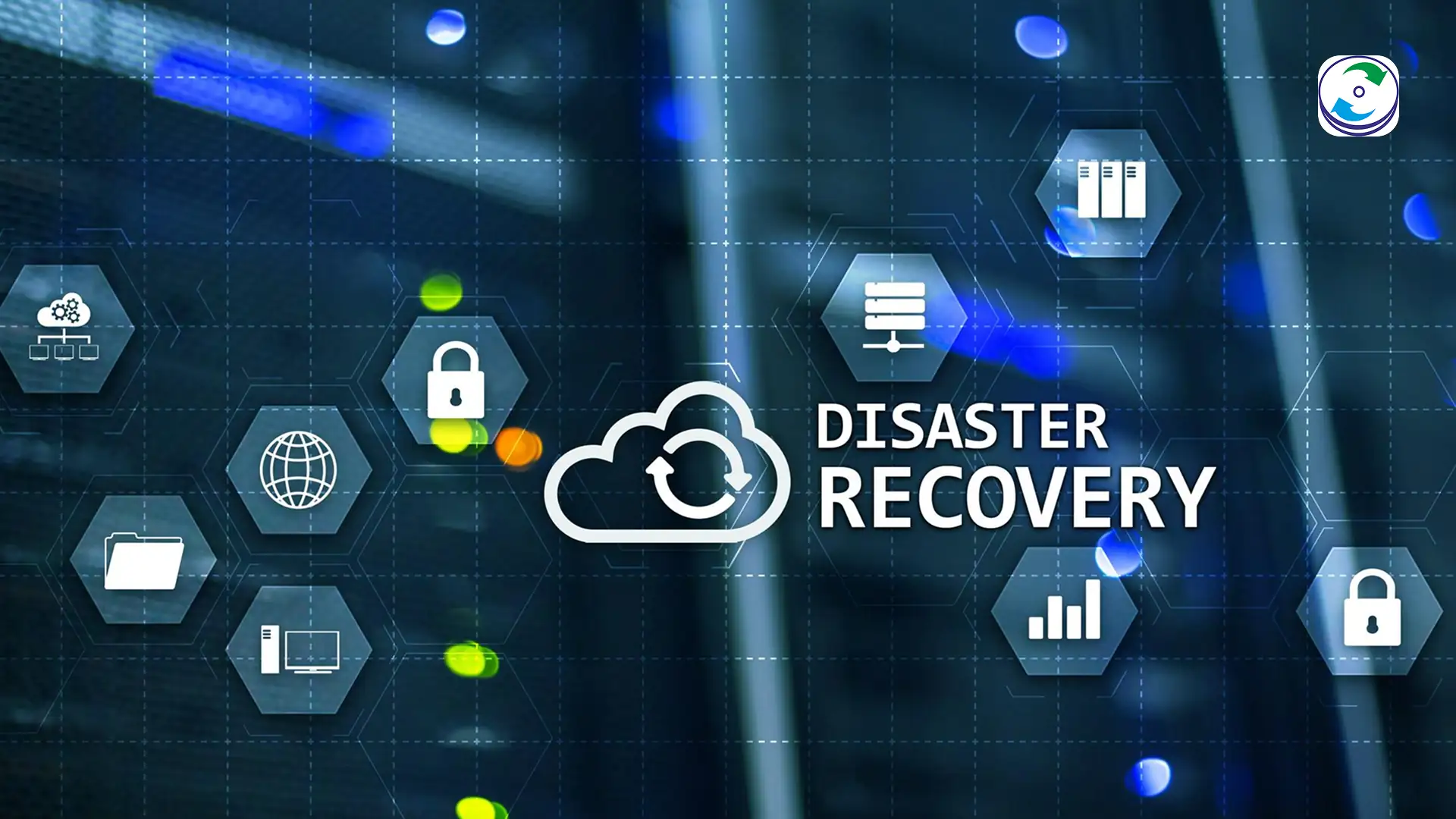The Cloud Data Migration Trap: The Hidden Dangers of Data Loss During Cloud-to-Cloud or On-Prem to Cloud Transfers

Introduction
The decision to migrate large-scale data—whether moving petabytes from an on-premises array to a hyperscaler like AWS S3 or Azure Blob Storage, or transferring documents from one cloud platform (Box, Dropbox) to another (Google Workspace, SharePoint)—is a strategic business imperative. The promise is scalability, flexibility, and cost efficiency.
The reality, however, often involves falling into the Cloud Data Migration Trap. This trap is not a hardware failure; it is a logical crisis caused by the incompatibility of disparate systems, the limitations of APIs, and the systemic failure to verify that the data arriving at the destination is the same as the data that left the source.
When a migration job stalls, times out, or reports a deceptively simple “98% complete,” the missing 2% is rarely just routine files—it is often the critical, high-value data lost due to metadata corruption, versioning conflicts, or flawed reconciliation. Addressing this form of data loss requires a forensic approach, treating the migration pathway itself as a crime scene that needs to be forensically reconstructed and validated.
The Three Fundamental Migration Scenarios and Their Unique Risks
Data migration is never a simple “copy-and-paste” operation. The risk profile shifts dramatically based on the source and destination architecture.
1. On-Premises (NTFS/SMB) to Cloud Object Storage (S3/Azure Blob)
This is the most complex transition. You are moving from a hierarchical, file-system-based structure (which deeply understands folders, permissions, and timestamps) to a flat, object-based storage model (which treats everything as a simple object).
-
The Primary Risk: Metadata Mapping Failure. Traditional file systems (NTFS, EXT4) rely on granular metadata: creation date, last modified date, last accessed date, ownership, and POSIX permissions. Object storage handles this information differently, often embedding it as custom object tags. If the migration tool fails to correctly map these thousands of unique attributes to the cloud object store’s format, the data arrives intact, but its context and utility are destroyed. A file without its associated permissions is effectively inaccessible to the correct users, creating a compliance nightmare.
2. Cloud-to-Cloud Transfers (SaaS to SaaS)
Moving between platform ecosystems (e.g., OneDrive to Google Drive) seems easier but introduces vendor-specific API and versioning hurdles.
-
The Primary Risk: API Throttling and Versioning Conflicts. Each cloud provider imposes limits on how quickly external tools can read or write data via its Application Programming Interface (API). When a large-scale migration script hits the API limit, the cloud provider throttles or temporarily blocks the connection. The migration tool may interpret this as a timeout or network error, silently failing to transfer the file segment, but reporting the overall job as successful. Furthermore, conflicts in document versioning (e.g., a Google Doc being converted to an Office file) can lead to data transformation errors and loss of revision history.
3. Hybrid and Continuous Migration (Data Lakes)
In this model, data is constantly replicated between on-prem and cloud environments (often to feed a data lake or analytics engine).
-
The Primary Risk: Reconciliation Failure and Divergence. When data is continuously moving, the greatest risk is data divergence—the source and destination no longer match. Migration tools must run continuous reconciliation checks, often using checksums. If this check fails or is paused, critical data streams can become inconsistent, corrupting time-series data or financial logs. If an entire dataset is missing a few thousand critical records due to network latency, the resulting data lake will provide flawed, non-compliant analytics.
Technical Pitfalls: The Mechanisms That Guarantee Data Loss
Beyond the architectural risks, several technical realities of network transfers create the migration trap.
API Limits and Network Latency
Large-scale migrations over the public internet are susceptible to the inherent instability of the network. A multi-terabyte transfer lasting days is virtually guaranteed to encounter:
-
Connection Timeouts: Extended latency can cause the migration script to lose its session and fail on massive files, often without correctly logging the failure.
-
Packet Loss and Corruption: Though TCP is robust, high rates of packet loss due to network congestion can lead to corrupted file chunks. If the migration tool’s internal verification is weak, it may move the corrupted data and declare success, archiving a broken object in the cloud.
Flawed Checksum Verification and Hashing
The only verifiable way to confirm that a file moved correctly is by comparing its cryptographic hash (e.g., MD5 or SHA-256) at the source with the hash at the destination.
-
The Problem with Native Verification: Many migration utilities rely on native cloud storage integrity checks (e.g., S3’s
ETag), which are not true end-to-end cryptographic hashes. A failure in the migration script to perform a robust, forensic hash comparison means that corrupted files are quietly accepted into the new environment. -
The Forensic Requirement: For legal compliance (HIPAA, SOX), the data’s integrity must be proven. If the migration process cannot produce an unbroken chain of hash verification, the integrity of the data may be questioned in an audit or litigation.
The Silent Killer: Incompatible Character Encoding
This is a niche but deadly failure point. Moving files created in legacy systems (which might use older encoding standards like ASCII) to modern cloud environments (which rely on UTF-8) can corrupt file names or, worse, the data inside the files. Files with special characters (like accents, symbols, or certain punctuation) can become unreadable, causing applications to crash or skipping the file entirely during the migration attempt. The file wasn’t deleted; it was transformed into an inaccessible ghost.
The Recovery Solution: Forensic Reconciliation and Validation
Once data is lost in the Cloud Data Migration Trap, you cannot simply rely on rerunning the migration script, as the root cause (API throttling, character error) will simply repeat the failure. Recovery requires a forensic, three-step validation process:
Step 1: Failure Mapping and Gap Analysis
We do not just look at the final destination log; we analyze the source and destination file manifests. Using specialized tools, we perform a deep gap analysis to identify every object that exists in the source but is missing or corrupted in the destination. This provides the exact coordinates of the lost data.
Step 2: Metadata Reconstruction and Patching
For files that are present but have corrupted or missing metadata (the most common failure), our engineers forensically extract the metadata from the source file’s original file system structure (even if only shadow copies remain). This extracted metadata (permissions, dates) is then used to manually patch the corresponding objects in the cloud, restoring their functional integrity without having to move the entire file again.
Step 3: Hash Verification and Chain of Custody (The Legal Requirement)
For data involved in legal holds or compliance (SOX, HIPAA), we perform the rigorous end-to-end cryptographic hash verification. This process creates a detailed, legally defensible audit trail that proves the data objects in the cloud destination are identical to the data objects that existed on the source media at the time of migration. This converts the migration process from a high-risk operation into a verifiable, certified business outcome.
Conclusion: Don’t Let Your Migration Become a Trap
Cloud data migration is a necessary but inherently risky endeavor. The sheer volume and complexity of heterogeneous storage systems mean that relying solely on automated scripts and generalized migration tools is a recipe for disaster.
The Cloud Data Migration Trap is set by incompatible architecture and sprung by technical negligence. The loss of critical metadata and the failure to execute rigorous reconciliation can lead to catastrophic data loss that risks compliance, interrupts business intelligence, and compromises legal integrity.
If your migration project has stalled, shown high error rates, or you suspect missing files, do not attempt to proceed or simply delete the failed transfer. Contact DataCare Labs immediately. We provide the forensic expertise to analyze the migration pathway, recover the lost data, and provide the hash-verified audit trail needed to ensure your compliance and secure your future in the cloud.












